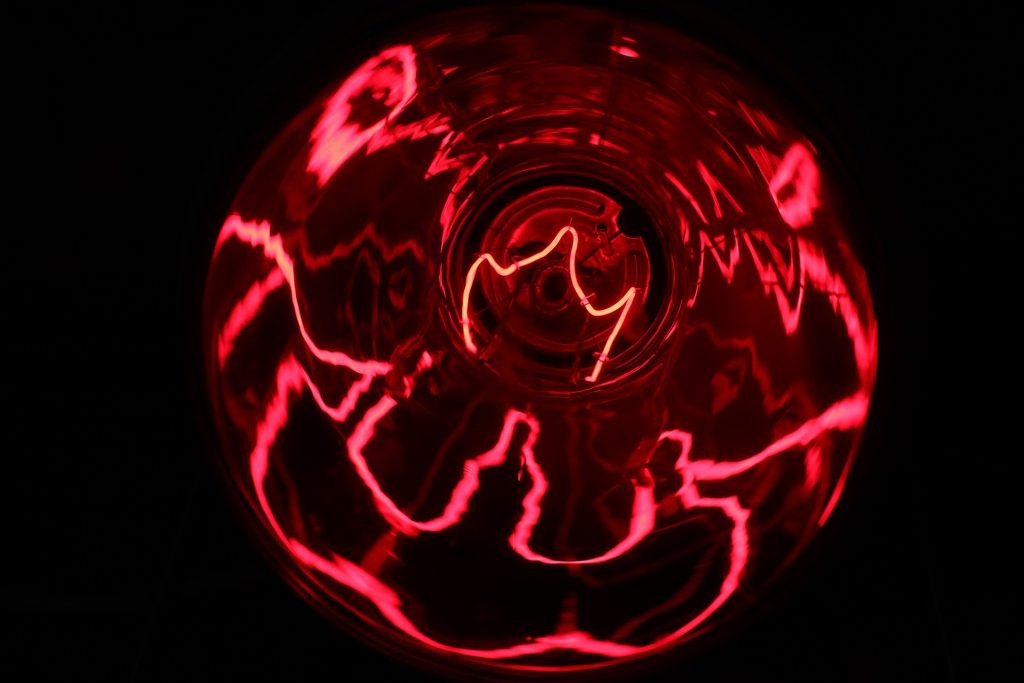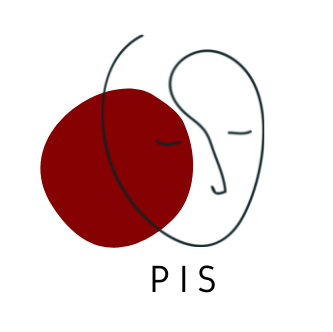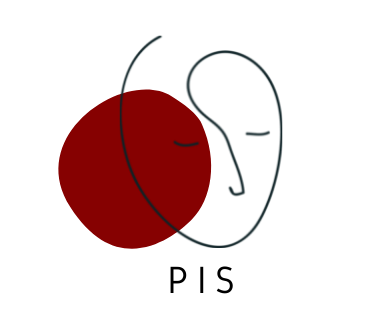
Making Visible: Bodies, Environments, and Apparatuses
Forthcoming in 2024
PIS PI Chiara Cappelletto and PIS member Giulio Galimberti will jointly edit the Special Issue Making Visible: Bodies, Environments, and Apparatuses of the journal Reti, Saperi, Linguaggi: Italian Journal of Cognitive Sciences.
Sixty years ago, new visualization strategies came into public awareness, displaying “pictures” of our living bodies and our cerebral and reproductive functions. These strategies make visible—that is, they visibilize—biological processes that are not visual per se, but rather chemical, thermal, magnetic, acoustic, or electric.
The resulting visual outputs do not simply implement the iconosphere, but actually pervert it, since they cannot be looked at as icons, no matter how operational or environmental they are conceived of as being. They call for a new understanding of the entanglement of pictures, imagers, the actual practitioners involved in their production, the technologies entailed, and the onlookers, whether expert or lay.
However, even though such visual outputs challenge media and cognitive studies, the performances of the people and the apparatuses involved in making them have not yet been properly addressed. They are mostly discussed within science and technology studies, on one side, and image theory, on the other, which often neglects the interplay between devices and participants, with a few exceptions (see Catherine Waldby (2003), The Visible Human Project: Informatic Bodies and Posthuman Medicine; Joseph Dumit (2004), Picturing Personhood; Amit Prasad (2005), Making Images/Making Bodies: Visibilizing and Disciplining through Magnetic Resonance Imaging (MRI);Kelly Ann Joyce (2008), Magnetic Appeal: MRI and the Myth of Transparency; Silvia Casini (2021), Giving Bodies back to Data; Ruggero Eugeni (2021), Capitale algoritmico. Cinque dispositivi postmediali (più uno); Nicole Starosielski (2022), Media Hot and Cold).
We stress the need to take the material conditions of image production into account, while acknowledging the situated, embedded, and participatory nature of the visibilization processes.

